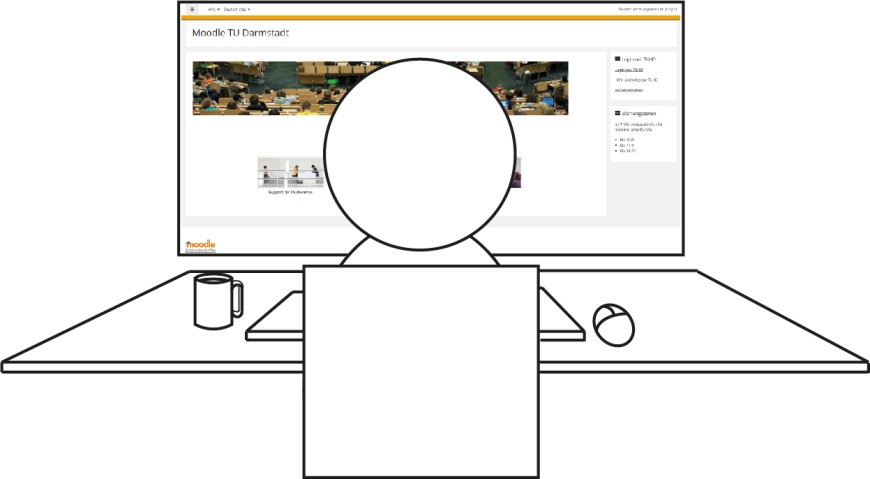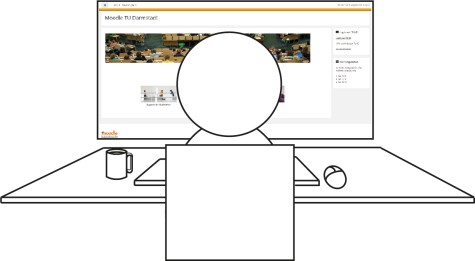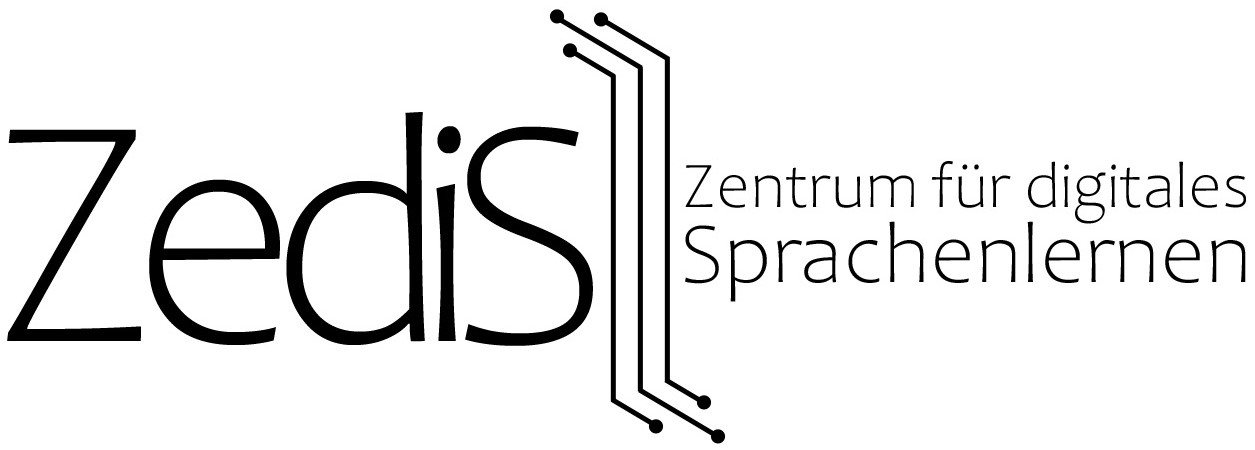In asynchronous teaching, learners can decide for themselves when they learn. Students receive an assignment from the teachers, which (usually) has to be completed by a specified time. This enables learners some flexibility in terms of learning pace, breaks, learning time, etc., but also requires a higher proportion of self-directed learning. In the university setting, videos are often used for asynchronous phases, which learners are supposed to watch and then complete the corresponding tasks. In language teaching, Youtube videos can be used for this purpose. More common in language teaching, however, is the use of the learning platform Moodle or the learning application h5p. However, asynchronous learning does not only have advantages, since teachers can only assess to a limited extent how well learners understand topics (cf. Solomon & Verrilli 2021:30). Especially in language teaching, many learners use tools (translation programs) that make it easier for them to solve the tasks, but at the same time this can also impair their learning progress.


Literature:
Solomon Hannah; Verrilli Beth (2021): Unterricht im digitalen Klassenzimmer. So meistern Sie die neuen Herausforderungen, Weinheim: Wiley, pp. 21-39.

